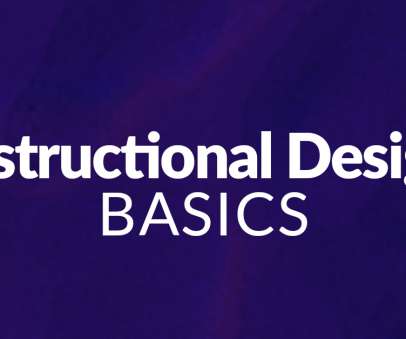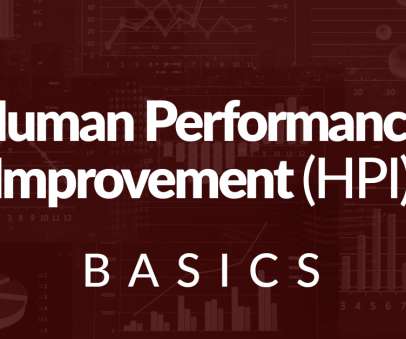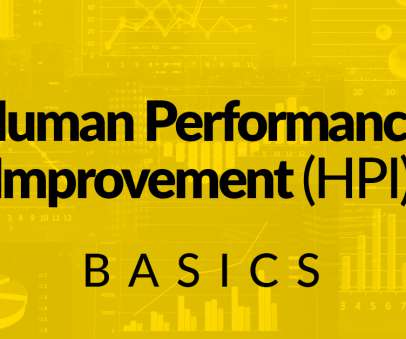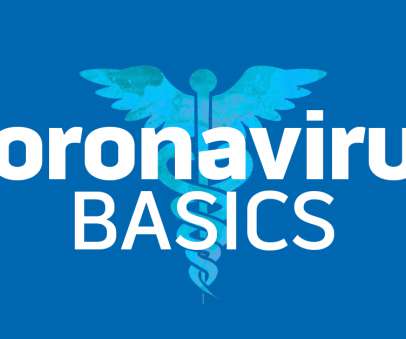Effective Training Visuals—Directing the Eyes
OpenSesame
MARCH 5, 2014
This is the second in a series of blog posts intended to help you evaluate elearning courses by considering the effectiveness of the visuals they include. The last method for directing the viewer’s eyes—and their attention—is to use visual clues. The first in the series was about organizing elements within a visual to ease perception.



















Let's personalize your content